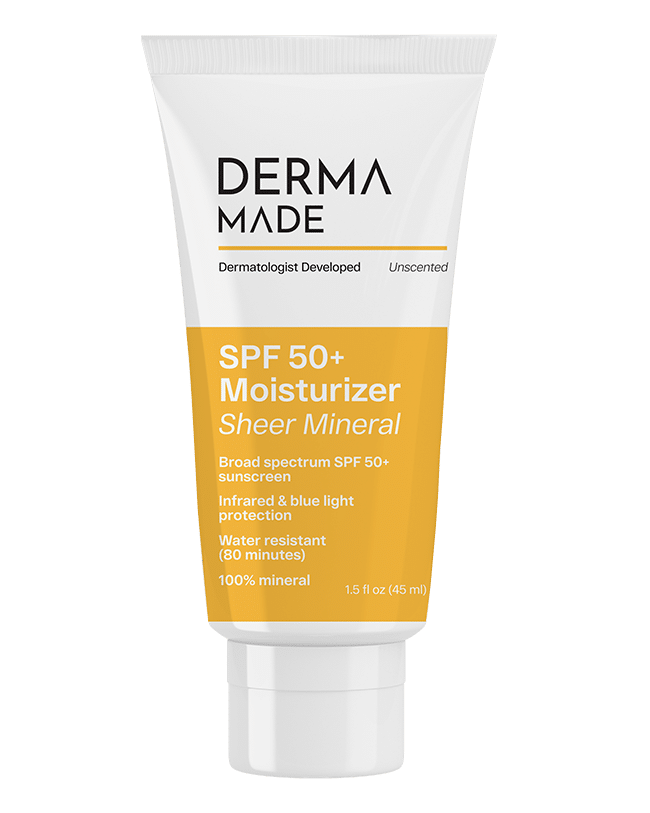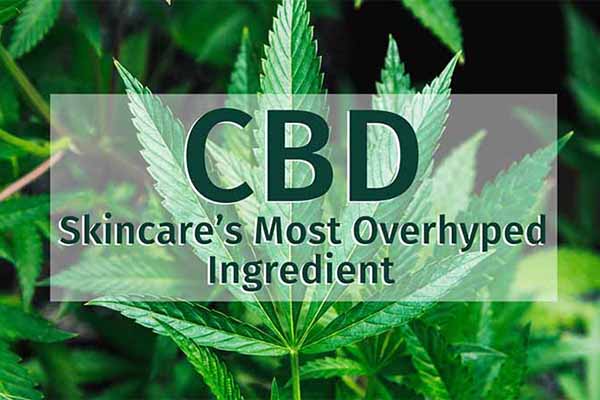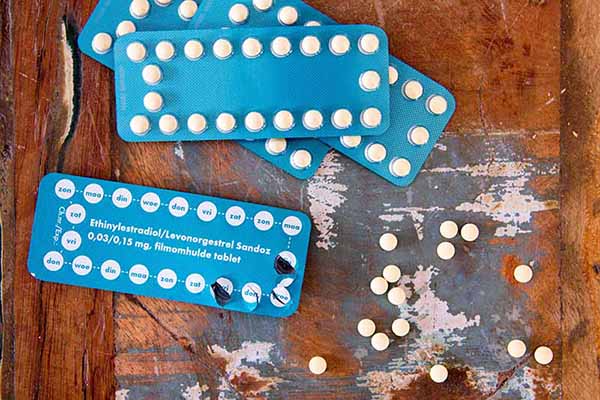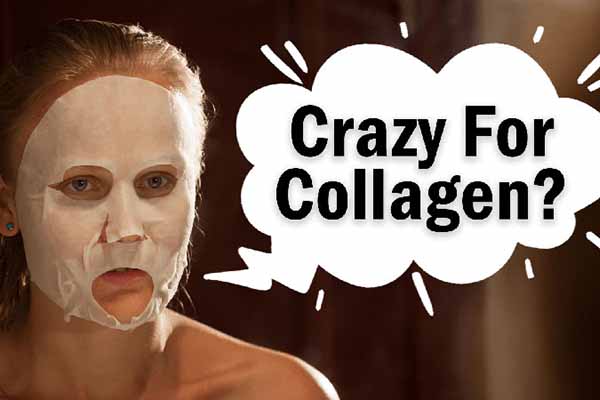Like it or not, the #1 factor in skin aging is unprotected sun exposure. It makes up 80%- 90% of skin aging like the appearance of wrinkles, lines, and dark spots! And sunscreen provides skin with the protection it needs. So just what is SPF? And how the heck does it even work?
What is SPF?
Sunlight is made of many different types of rays. The main concern here is with two – UVB rays and UVA rays. UV stands for “ultraviolet light”.The letters SPF are an abbreviation for “sun protection factor”. SPF shows up on every bottle of sunscreen, along with a number to let you know the amount of sun protection.
UVB vs UVA rays
UVB Rays cause sunburns, darkening and thickening of the outer layer of skin, melanoma (skin cancer), and other issues. A simple tip, the B in UVB equals “burning” as these rays give you sunburns. Sun protection factor measures UBV (more below). New research shows that UVA also contributes to skin cancers as well.
UVA Rays are not measured by the SPF rating.These rays penetrate deeper into the skin than UVB rays. The A in UVA equals “aging” as these rays penetrate deeper into the skin, causing early signs of aging like fine lines, wrinkles, and hyperpigmentation.
UVA accounts for 95% of all the UV radiation that reaches the Earth’s surface. And even if you’re indoors behind glass, UVA rays can penetrate through the glass. That means you can still get sun damaged skin indoors. UVB rays, on the other hand, can’t penetrate glass
How Does It Work?
SPF products have two types of active ingredients, UV absorbers and UV reflectors, to protect you from the sun.
- UV Absorbers
UV absorbers are the ingredients that absorb the UV rays. Once absorbed the ingredient converts the rays to heat. Most people don’t notice the heat. Common UV absorbers include avobenzone, octocrylene, and other hard-to-pronounce names.
- UV Reflectors
UV reflector ingredients reflect and scatter the sun’s UV rays. Reflectors are zinc oxides, and titanium dioxide.
What It Does
One thing to understand about sun protection factor is that it’s a screen, not a block– hence the name sunscreen. Being a screen means some amount of the sun’s radiation gets through. SPF protects your skin from a percentage of the sun’s damaging rays. The higher the number or SPF rating, the higher the protection.
Here’s An Example of How Sun Protection Factor Rating Works:
SPF 30 allows 1/30 or 3.3% of UVB to reach your skin. In other words, SPF 30 filters out 96.7% of UVB rays. (Remember SPF doesn’t measure UVA rays). With an SPF of 50, 98.0% are filtered out and 1/50 or 2% of UVB rays get through the screen.
You Need A “Broad Spectrum” SPF for Your Face. Here’s Why…
Both UVA and UVB rays are damaging to your skin. A broad spectrum SPF provides protection against both kinds of rays. Though there is no number to measure UVA protection.
To conclude, protecting your skin against the damaging ultraviolet rays of the sun helps combat both early signs of aging and skin cancer. So, protection is a must. And if your next question is what SPF is best, 30 or 50, check out this article.







